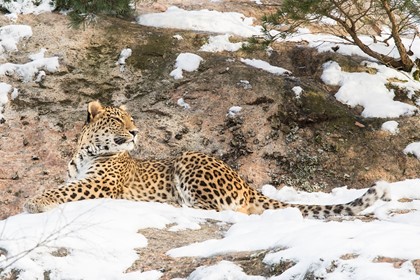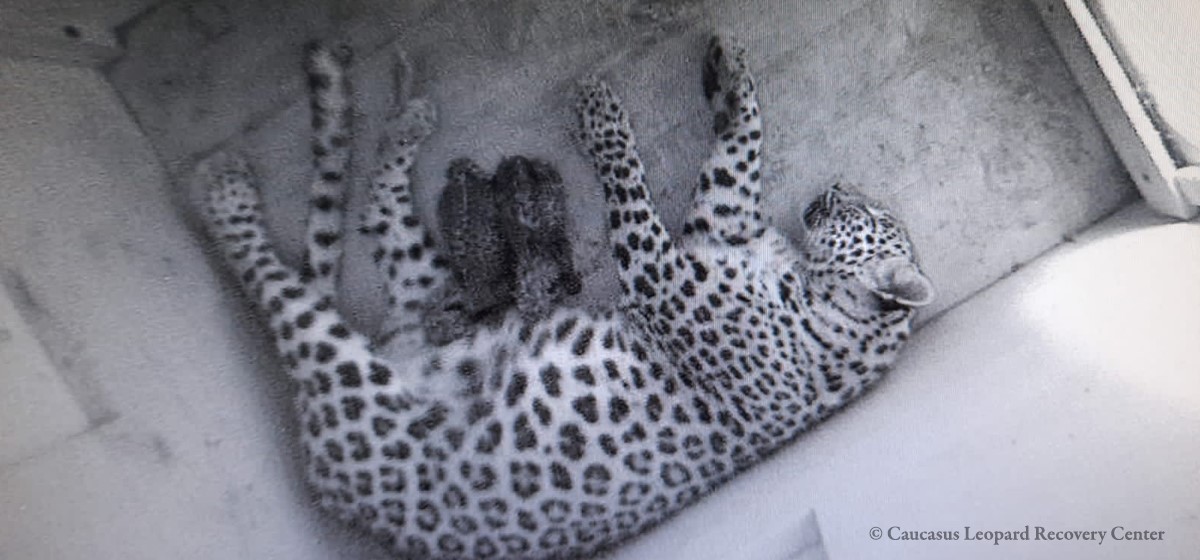Other global conservation efforts
Nordens Ark’s conservation work encompasses small projects as well as the larger ones.
Persian leopard
Panthera pardus saxicolor
The Persian leopard is the largest of all subspecies of leopard and originates from Asia. At the beginning of the 20th century, the subspecies was common along the Caucasus, but due to increased human impact, it has decreased drastically in number since the 1950s. The Persian leopard is today a highly endangered feline where the main population of 550–800 individuals is found in the Iranian mountains as well as a few small isolated populations in Afghanistan, Turkmenistan and Armenia. In Russia, the Persian leopard is considered extinct with fewer than ten individuals left in the wild, and there is no hope that the population will be able to rebuild itself. Therefore, in 2009 a world-unique release project for the Persian leopard was started in the Russian Caucasus with the help of zoo-born individuals and cared for wild-born individuals. A breeding and planting center was built in Sochi National Park where leopards are trained to survive in the wild. In 2020, Nordens Ark sent a breeding pair of Persian leopard to a breeding facility in Sochi National Park, where they are part of the work of re-establishing a population of Persian leopard in the Russian Caucasus. Cubs born from this pair have since been released into the wild.
In 2023, WWF's operations in Russia were declared "undesirable" and all of its operations illegal in the country. It is also not allowed to donate money to the organization or to share its materials online in Russia. Due to this decision, Nordens Ark do not have the opportunity to participate in the field work and contribute to the conservation of the Amur leopard in the wild in Russia as of now.




